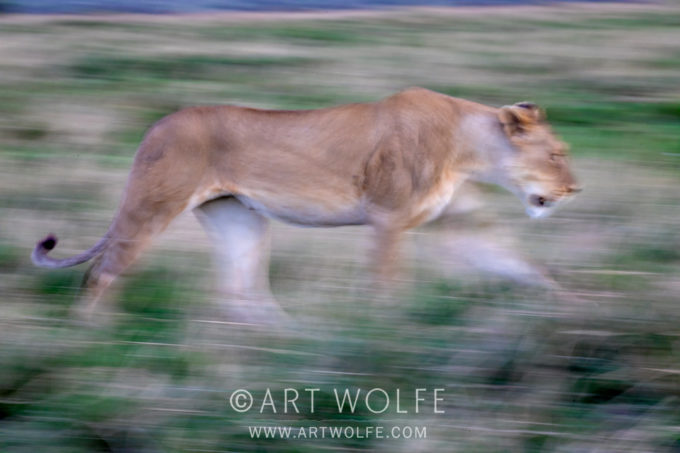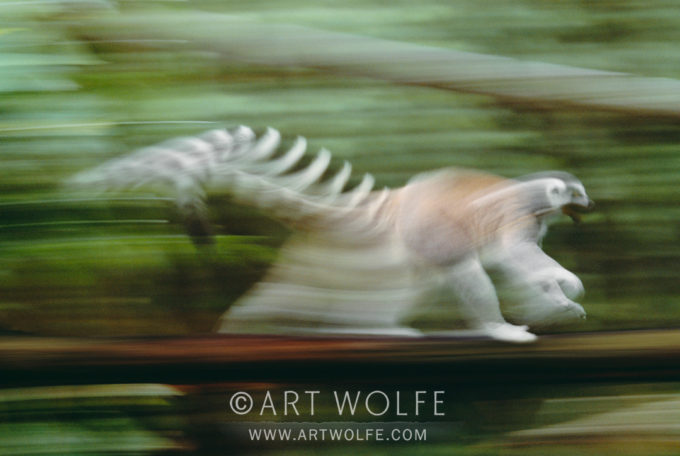Technique Tuesday: Rhythms From the Wild
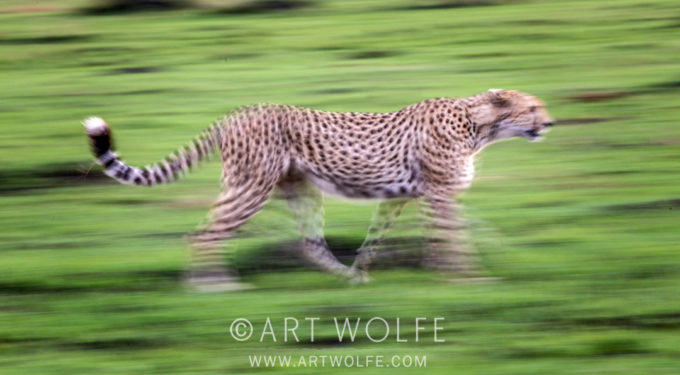
Today’s high ISO cameras are amazing at freezing motion, a technique I use and love on any wildlife shoot these days I have been capturing images that I couldn’t have imagined in the days of film – or even 8-10 years ago, for that matter. Flying bears, macaws tack sharp against a dark cave, every drop of water perfectly captured from the spray of an elephant – what’s possible now is incredible!
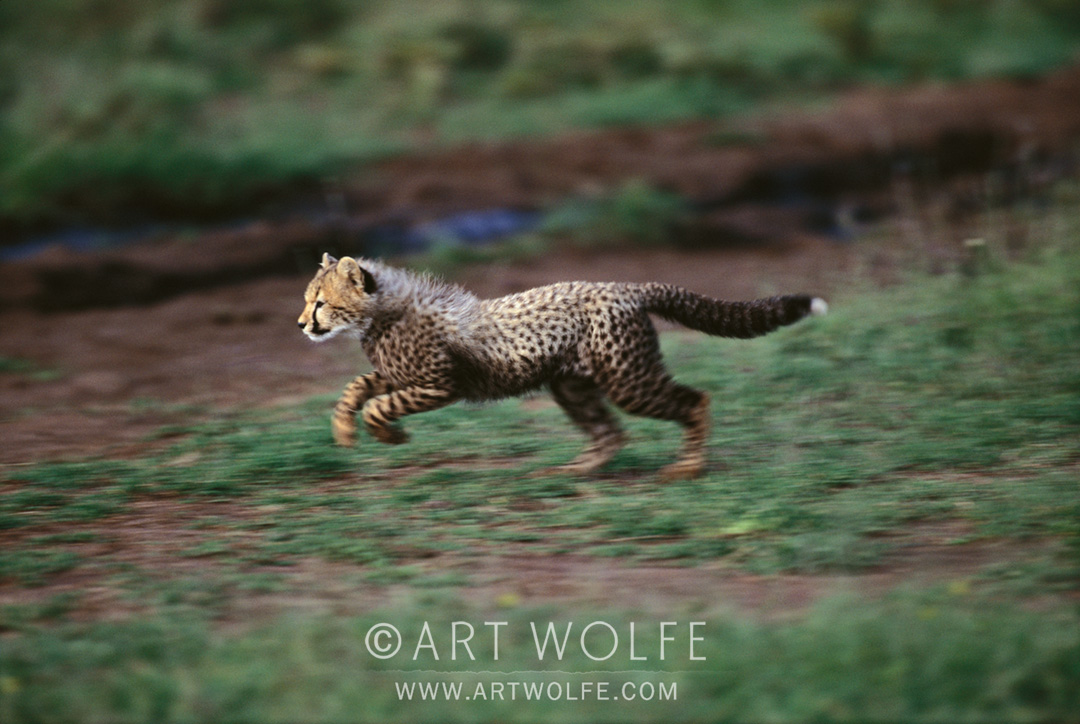
AI often try and remind myself to slow down every now and then; drop the ISO back down to 100 and stop down the aperture and let the motion move across the image. Ernst Haas was one of my early influences, a person who’s work I continue to admire. He was a pioneer of using this technique to show the motion in his subjects.
It takes some experimentation and often you won’t really know if you have any successful images until you’ve edited and evaluated them. Some may still show the eyes of the animal in reasonably sharp contrast to the blurred legs in motion – I like this look – but I also like those images that make me think of ancient drawings on a cave wall, where nothing is particularly defined and the entire animal is abstracted in it’s motion and the background a blurred canvas.
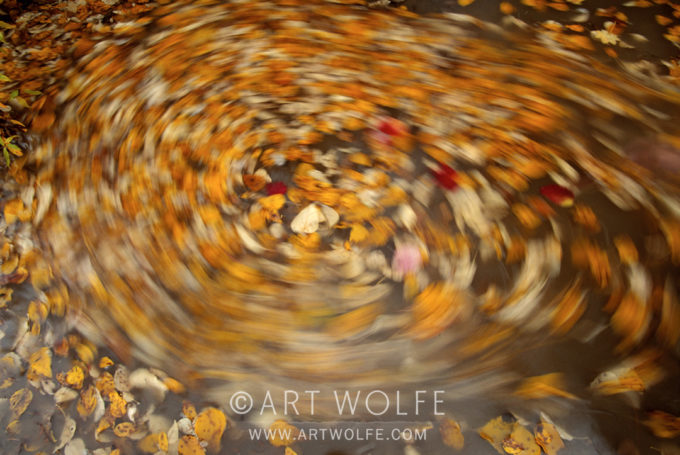
I won’t always see the potential in these images immediately. Some I shot on film many years ago I nearly tossed out but decided to file away at the last second. I pulled them out years later and found a new appreciation for their abstract qualities and I’m glad I did!
If you’re interested in more photos captured with this technique, check out Rhythms From the Wild.
